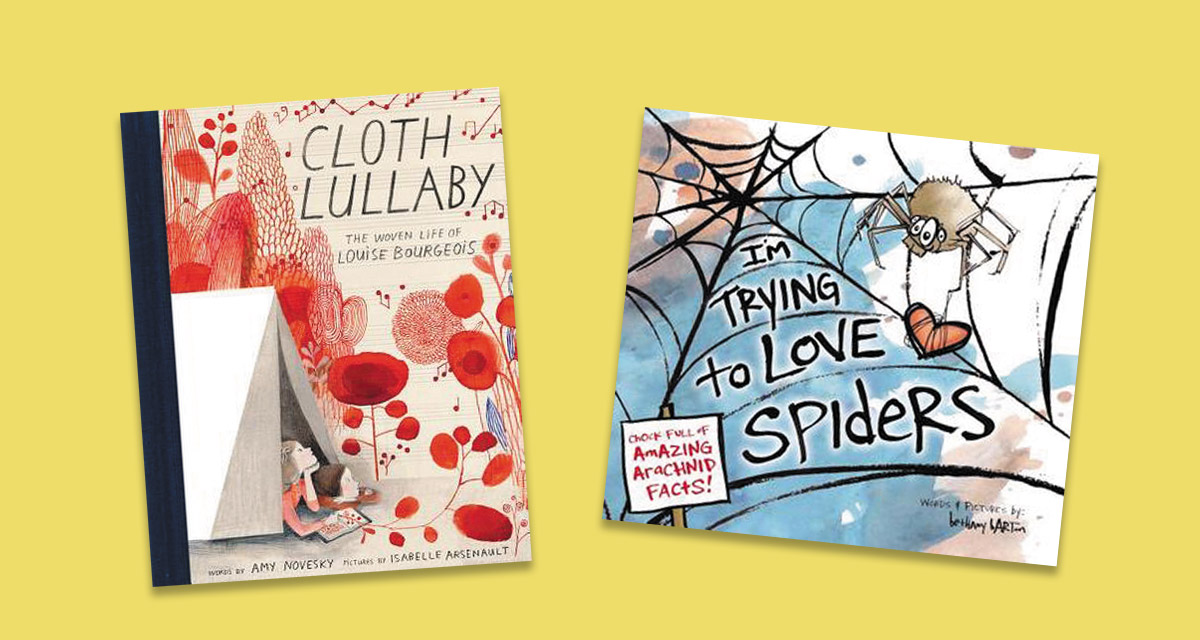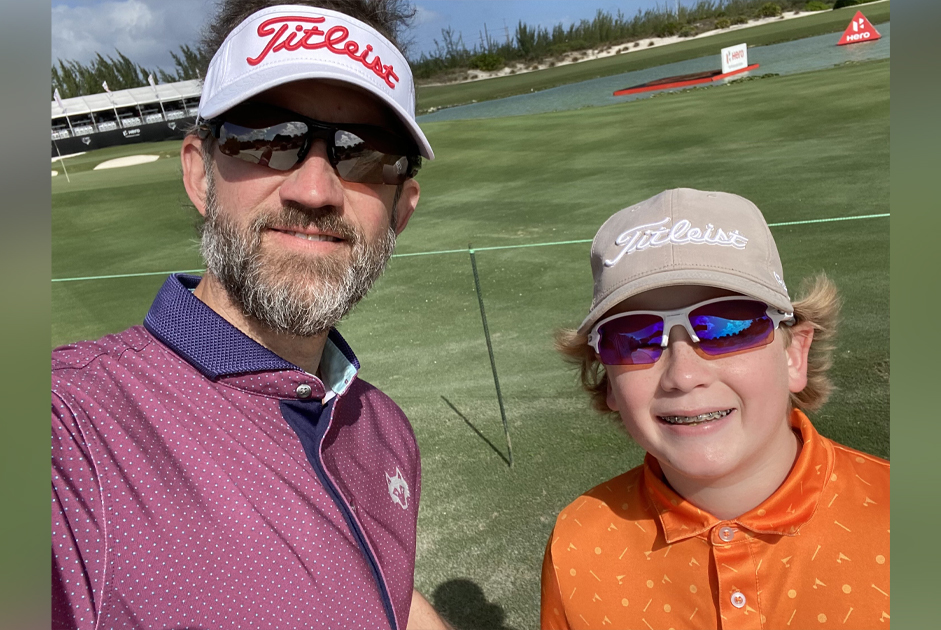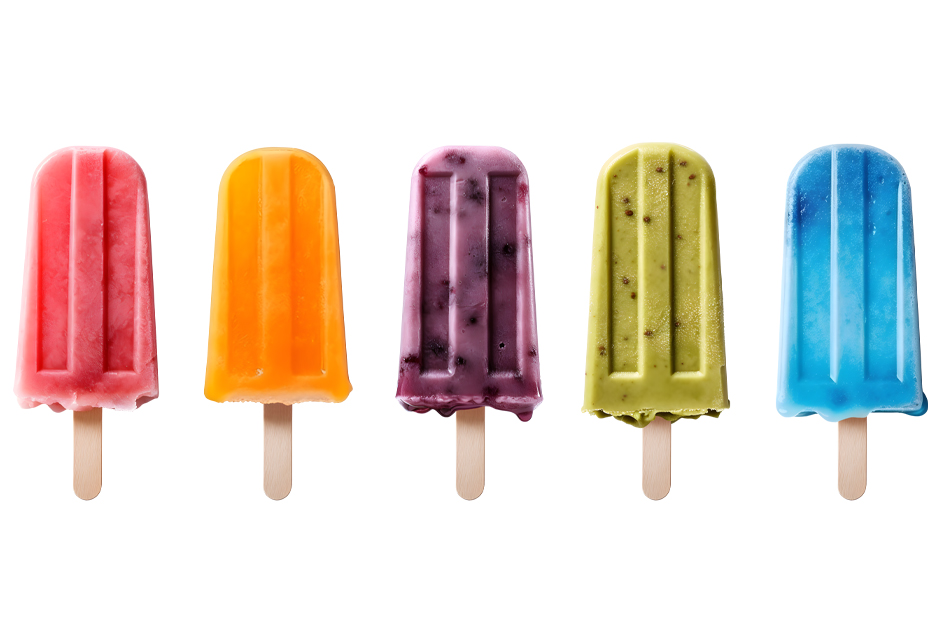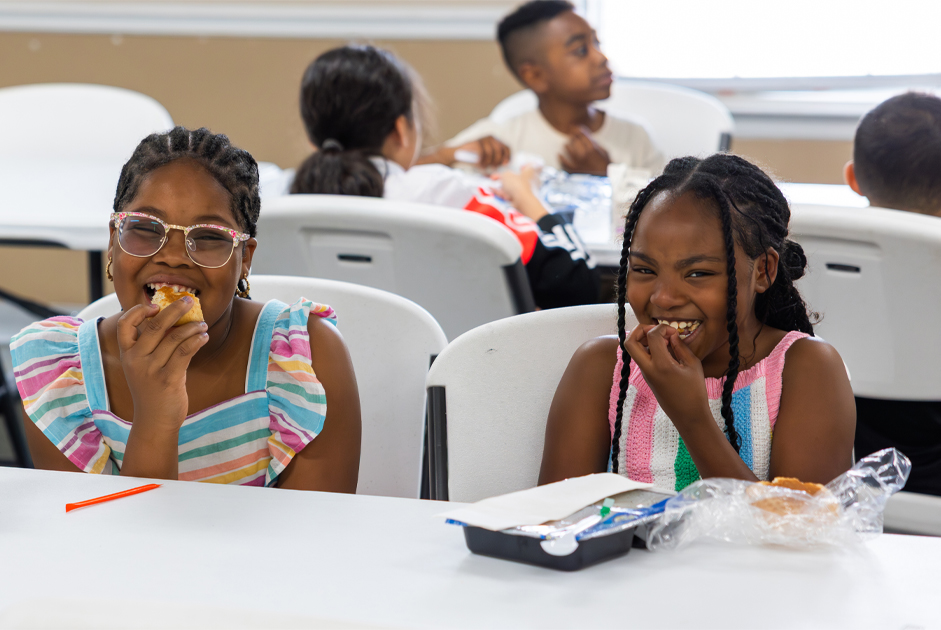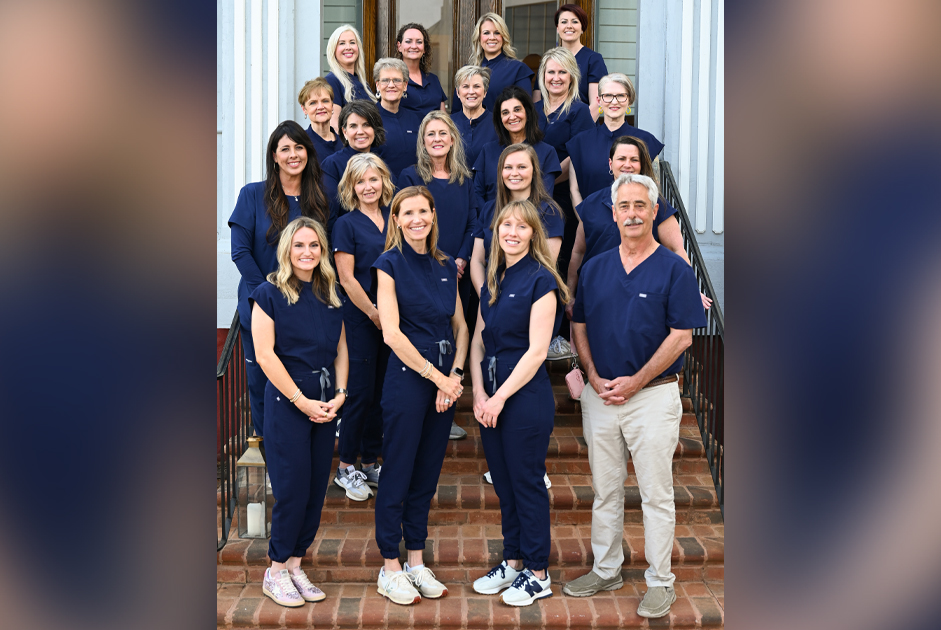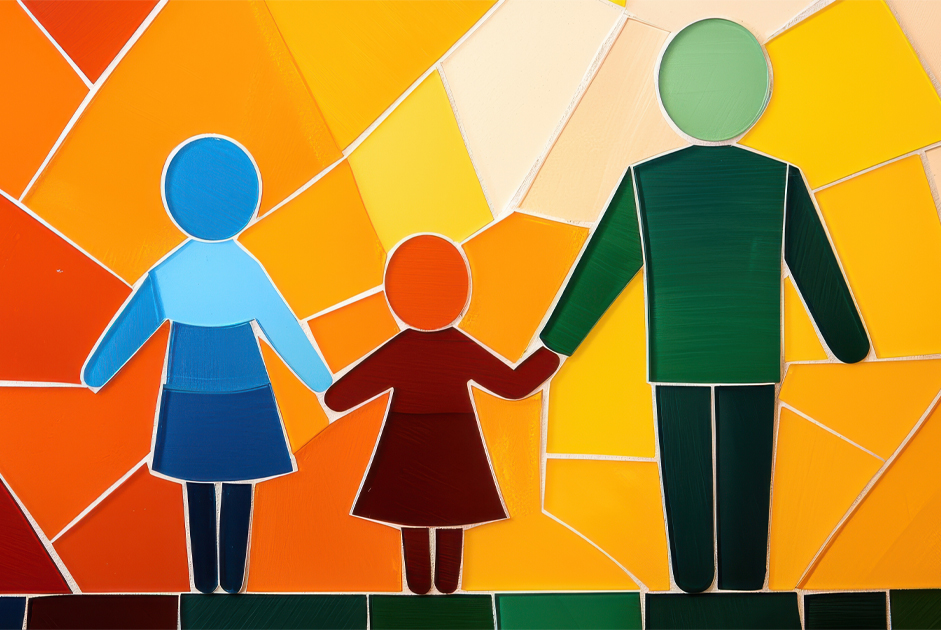Each month I spotlight two books guaranteed to delight readers and provide fun activities to further extend the meaning of each reading experience. With so many wonderful titles available, this is no easy task! I bring a 34-year teaching career, literacy expertise, and a passion for creating joyful readers of every column I write. I certainly hope you enjoy this month’s picks as much as I do.
SPINNING MARVELS
“The greatest artist and web-designer ever is indeed a spider!” ~ Munia Khan
Fun Spider Facts:*
- Spiders are arachnids, not insects.
- Spiders have eight legs; insects have six.
- Spiders only have two body segments; insects have three.
- Spiders don’t have antennae; insects do.
- There are more than 30,000 different species of spiders found on every continent except the Arctic and Antarctic.
- Most spiders make silk, which they use to create spider webs and capture prey, but some spiders hunt their prey and pounce.
- Silk strands in a web are five times stronger than a piece of steel the same size.
- Most spiders live on land, but some live in and on water.
- Most spiders are not dangerous to humans.
- An abnormal fear of spiders is called arachnophobia.
*Information from Science Kids and KidZone
Spider webs are cool…spinning webs out of protein-packed spider silk they make themselves. That’s like you or me building a house with our hair and then catching food on it. ~Bethany Barton, I’m Trying to Love Spiders
Building an Orb Web in 30 Minutes, Step by Step:**
- Release: The spider releases a sticky, silk thread that gets longer and longer as the thread floats through the air. With any luck, the thread will make a landing on a sturdy structure such as a tree branch or window frame.
- Bridge line: Once the thread is secure, the spider builds a bridge line by pulling and tightening the thin thread between the two anchor points. To reinforce the strength of the bridge line, the spider releases additional threads.
- “V” line: Just below the bridge line, the spider releases a looser, horizontal thread, forming a “V”. The spider works carefully to secure each end of the sticky thread to the two anchor points.
- “Y” line: After the “v” line is secure, the spider walks to the center of the loose thread and drops down on a long vertical thread, forming a “Y”. This thread completes the three radial lines of the web structure.
- Framework: The spider constructs a framework for the web by adding threads between the original anchor points. The silky threads add reinforcement to the strength of the web structure.
- Radial Lines: With the framework secure, the spider lays out non-stick threads from the center of the web to the outer frame. The spider ensures the radial lines are close enough together to walk across them.
- Auxiliary Spiral: Beginning in the center of the web, the spider spins circular non-stick threads in a spiral around the web to the outer edges. This auxiliary spiral holds the radial lines in place and will serve as a guide for the next phase.
- Sticky Spiral: The spider attaches a sticky thread to the radial lines, working at the auxiliary spiral and eats the non-stick threads as it goes along. As a result, non-stick radial lines allow the spider to walk around and sticky spiral threads catch insects.
From the first release to the sticky spiral, this marvelous bug trap only takes the spider 30 minutes to construct. Many spiders spin a new web each day. They leave the bridge line in place and recycle the rest of the web by eating the silk and reusing it to build a new web. If there is little damage, the spider may simply repair the web.
**From the back matter in Grandpa’s Talespun Loveby Debbie Linville
CLOTH LULLABY: THE WOVEN LIFE OF LOUISE BOURGEOIS
In this biography of French modern artist Louise Bourgeois (1911-2010), Amy Novesky showcases the childhood roots of inspiration of this extraordinary sculptor, nicknamed “Spiderwoman,” and best known for her large-scale spider sculptures. The original, 30-foot-high spider sculpture, Maman(“Mommy”) made of bronze, stainless steel, and marble, is one of her most famous pieces. Growing up, Louise’s family restored historic tapestries for a living and it is from memories of her time spent as an apprentice working alongside her nurturing mother (a master weaver) that her choice in sculpture subjects becomes clear. In an interview, Louise said, “I came from a family of repairers. The spider is a repairer. If you bash into the web of a spider, she doesn’t get mad. She weaves and repairs it.” This lyrical text is a “story tapestry” of words woven together with beautiful mixed-media collages by Isabelle Arsenault, which highlight spider web designs, textile patterns, and everything Louise loved most as a child…a cloth lullaby.
I’M TRYING TO LOVE SPIDERS
Author and illustrator Bethany Barton weaves cartoon illustrations with information about spiders and the emotions of an (unseen) arachnophobe in a way that is playful, imaginative, and fun. This informational picture book is cleverly told in the first person, which heightens a reader’s engagement (regardless of their opinion of spiders); even more so when readers are asked to squash or, perhaps, pet, the spiders with the turning of each page. Along the journey toward “trying to love spiders,” the reader learns a host of intriguing facts, some a bit gross—like the way spiders liquefy their prey, and some quite impressive—like how spiders can eat seventy-five pounds of bugs that are harmful to humans in a single year. With the narrator’s hand hovering in preparation to squash a spider, the more she learns about these fascinating creatures, the less likely it is that the spider will become a black splotch on the page. This book is the perfect blend of factual and hilarious!
EXTENSION ACTIVITIES:
Science Exploration and Writing
Learn more about one of the following remarkable (although perhaps a tad scary) insects, amphibians, reptiles, birds, or mammals by doing a little research. Ask your parent to take you to the public library to get a book (or two or three) on your topic of choice and learn all you can. Using Barton’s book as a mentor text, write a non-fiction book about the unique characteristics (creepy, gross, and really cool aspects make for best writing and reading) from your point of view. You may even want to draw a hand, net, or some other catching/squashing device hovering over the words and illustrations on the pages as you try to convince yourself (and your readers) that you are “trying to love” that creature. Report out on what you learned by sharing your finished book.
- Stink Bug
- Giant Centipede
- Long-Nosed Horned Frog
- Red Spotted Newt
- Spider-Man Lizard
- Gila Monster
- Komodo Dragon
- King Vulture
- Cyclops Shark
- Star-Nosed Mole
Artful Expression
Louise Bourgeois began her career working in textiles when she was only 12 years old as her mother’s apprentice, repairing worn tapestries. Her mother explained that the different textures and colors of wool were woven together in each tapestry to tell a story. From that point forward, Louise used cloth as a powerful medium to create incredible pieces of art…well into her nineties! She designed and crafted cloth books, cloth drawings, cloth sculptures, and even cloth spiders. Try your hand at following in her footsteps. Ask permission to cut up old clothing items and select pieces to sew together or glue to a piece of tag board to create a tapestry that tells a story. If cloth is not available, cut designs out of different colors of construction paper or wrapping paper to fashion a special tapestry to share with family and friends.

